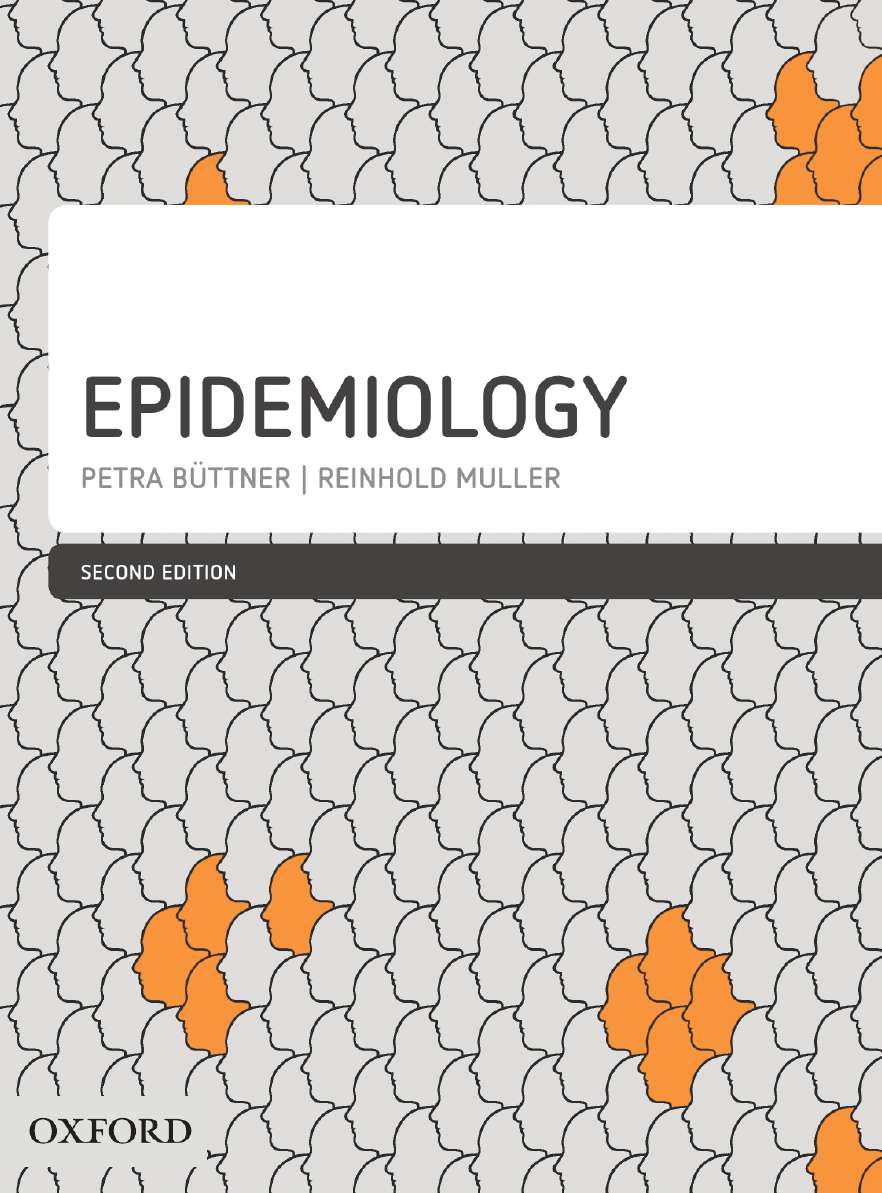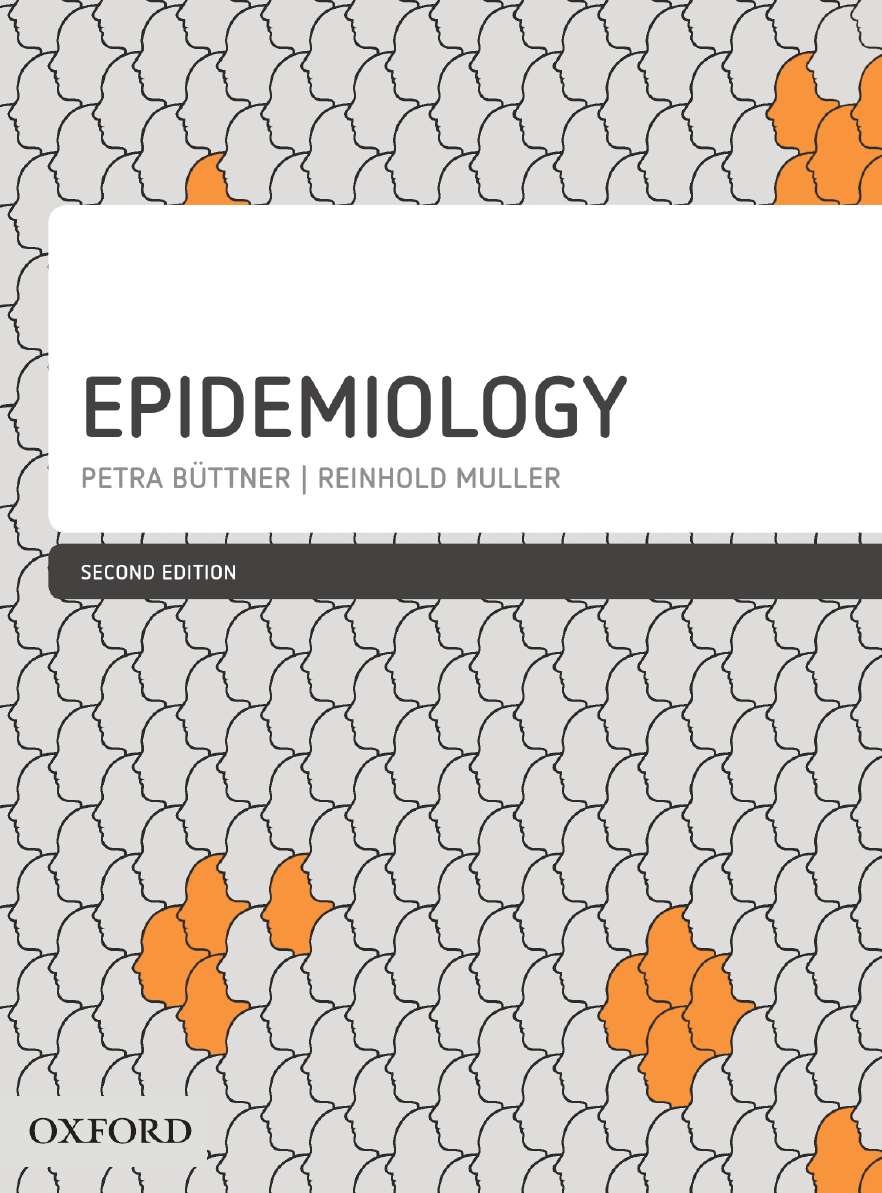Epidemiology eBook

Epidemiology eBook
|
ISBN: |
9780195597325 |
|
Binding: |
Ebook |
|
Published: |
2 Sep 2015 |
|
Availability: |
Available
|
|
Series: |
$83.95 AUD
$96.99 NZD
Add To Cart Add To Cart Request an inspection copyDescription
Epidemiology, second edition, is a methodological and practical guide to conducting evidence-based quantitative research in all health sciences. With a multidisciplinary focus, it integrates a wealth of case studies and examples to demonstrate the application of theory to real-life research and draws from a broad spectrum of health disciplines.
The book follows a two level ‘methods based’ approach which clearly differentiates between introductory knowledge that all students of epidemiology should be familiar with and “beyond the basics” information for the interested or more advanced reader. Each chapter includes tips, key definitions and critical thinking exercises to help readers engage with key concepts and extend their knowledge of epidemiological methodologies.
NEW TO THIS EDITION
- New and updated case studies throughout the text, providing insights into current Australian and international epidemiological research.
- A new section on superiority, equivalence and non-inferiority status in Chapter 7: Experimental Designs.
- Revised and updated section of infectious disease concepts, including discussion of emerging infectious diseases and a new case study on transmission routes.
- Greater coverage of missing values, internet-based surveys and the Dillman Protocol, and agreement studies, with inclusion of the Bland-Altman Plot.
- A testbank of multiple choice and short answer questions, for lecturers to use in their teaching.
Contents
2. Disease Concepts in Epidemiology
3. Identification of Disease - Diagnostic Tests and Screening
4. Measures of Disease Frequency
5. From Research Topic to Research Hypothesis
6. Quantitative Descriptive Study Designs
7. Experimental Designs
8. Observational Designs
9. Sources of Bias
10. Sampling Strategy and Sample Size Calculation
11. Quantitative Methods of Data Collection
12. Statistics with Confidence
13. Ethical Considerations
14. How to Read and Write Scientific Publications
Authors
Reinhold Muller : Director of Tropical Health Solutions and Principal Research Fellow at James Cook University.
Contributors:
Lynne Bartlett
Monika Buhrer-Skinner
Alan Clough
Elissa Cox
Sue Devine
Adèle C. Green
Simone Harrison
Clare Heal
Richard Heller
Diana Mendez
Sanjay Patole
Rick Speare
Lecturer Resources
The following resources are available for lecturers who prescribe Epidemiology for their course:
- Imagebank of figures and tables from the book
- Testbank of multiple choice and short answer questions for each chapter
For more information about the resources for Epidemiology, please contact your Oxford Territory Manager.
